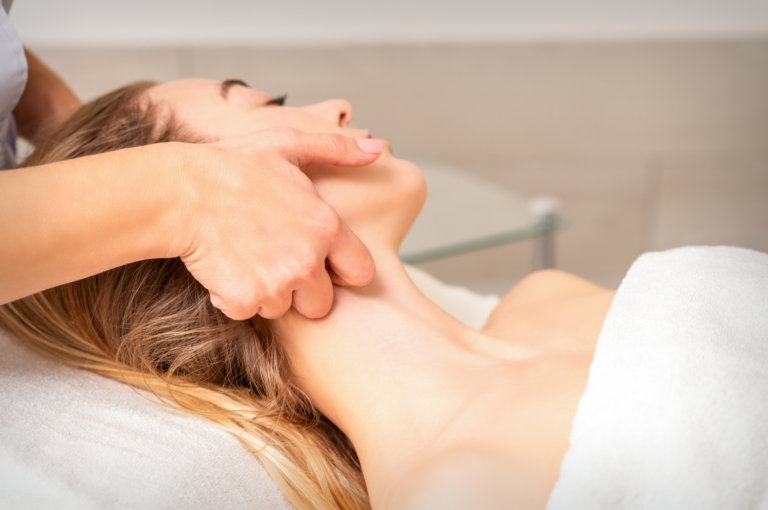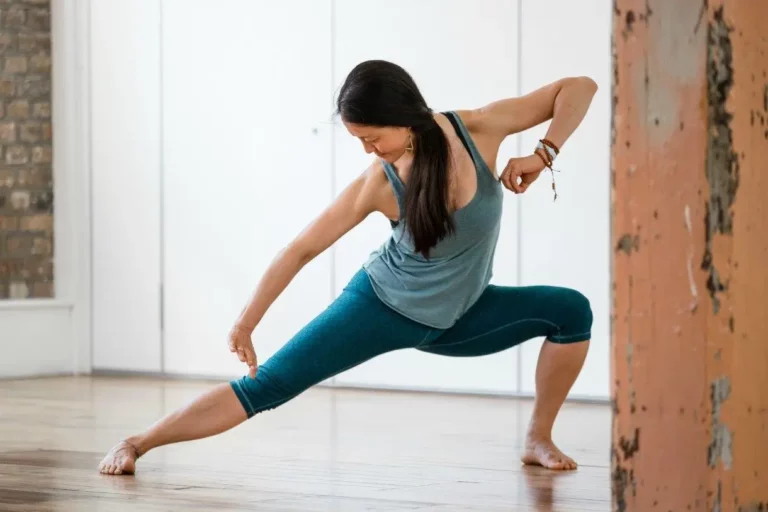Ahead of his series of workshops of the same name, Richard Rosen tells us more about the significance of ‘hollows and domes’, how these shapes prevail in our internal and external world, and how bringing awareness of them into our practice and daily life can benefit our health.
The concept of Hollows and Domes is a big part of not only my asana practice, but my daily comings and goings. It forms part of a broader practice that I’ve been working with for a good 20 years now, which involves a modern version of the traditional subtle nadi (or energy channel) system, an idea inspired by Mabel Todd, author of The Thinking Body, along with her student, Lulu Sweigard, author of Human Movement Potential, and the late Andre Bernard. Hollows and Domes started out as a supplement to the nadi practice. However, over the years it’s grown in extent and importance, and now stands alongside the nadis as an equal partner.
The premise is that, like the earth, one way the body expresses itself is through hollows and domes. The central image is a “stack” of six domes arranged along the core of the body. The foundation of this stack is the “foot dome,” that is, the shape created when the “half domes” of the inner feet are brought together. Moving up the ladder from here (when the body is upright), we have the domes of the perineum, the diaphragm, the upper torso, the soft palette, and the cranial vault. When these domes are “stacked” evenly, one atop the other, we can feel what the author of the Hatha Pradipika, Yogi Svatmarama, meant when he listed the benefits of asana practice as steadiness (stairya), good health (roga), and lightness of limb (anga laghava).
These core six areas are supported by several other hollows and domes situated at various places on or near the surface of the body, such as the backs of the knees, the armpits, the palms, the nape and the eye sockets. These are natural domes and hollows which serve a variety of functions in everyday life. They can also be enlisted to expand and improve our yoga practice, not only asana, but also pranayama and meditation as well. For the most part, the practice’s intention is to maintain and even increase the dome-like shape of the domes and the hollow-ness of the hollows.
So, what are the benefits of this? Along with what’s already been mentioned, this practice can:
– Free the diaphragm by opening the area between the pelvic “bowl” and the bell-shaped ribs (what I like to call the “waist land”).
– Serve as preparations for the three major pranayama “bonds” (bandha), at the throat, belly and perineum.
– Teach what NOT to do to avoid injury, such as sink on the shoulders or lock the knees.
To learn more about the hollows and domes of the body and how to incorporate these ideas into your practice, join Richard Rosen for his five-part workshop this 14–16 September in Camden. Click here to find out more and to book.
Richard Rosen, E-RYT 500, began his yoga practice in 1980, and graduated from the BKS Iyengar Yoga Institute in San Francisco in 1985. He began his full-time teaching career in 1987, is the author of five books – most recently Yoga FAQ (Shambhala, 2017) – and is now working on his sixth. He is also the President of the Yoga Dana Foundation board, which grants funds to Bay Area yoga teachers working in underserved communities.
For more on Richard visit: www.richardrosenyoga.com










